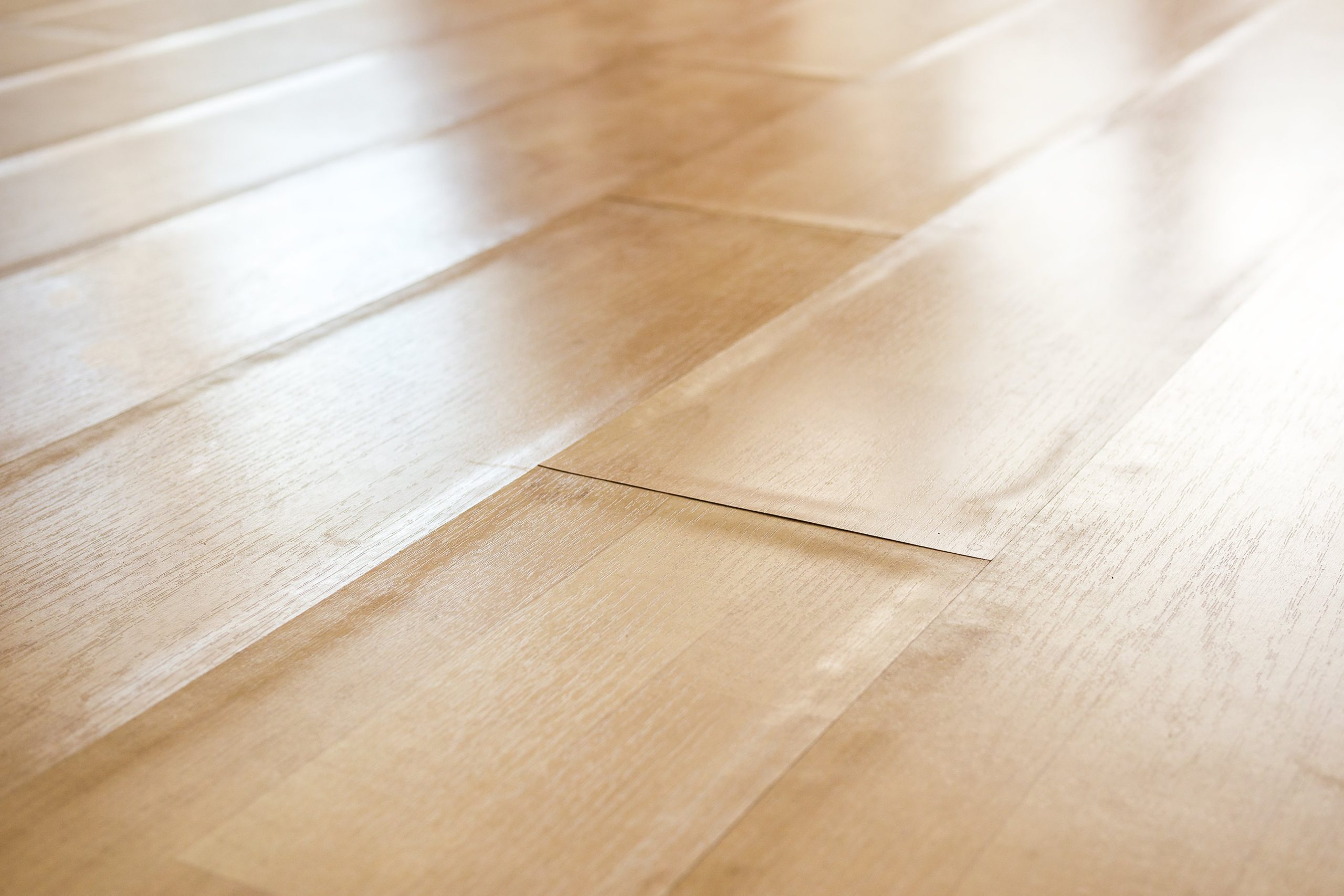
Although at first you may believe your wooden flooring may be unsalvageable after flooding, there are in fact many ways in which you can prevent and potentially rescue your wood flooring! This blog will outline some easy-to-follow steps to help you do just that.
The important thing to note is prevention is always easier than salvaging water-damaged wooden flooring, so taking wood flooring preservation seriously is highly advisable. A sealer, such as wax or polyurethane, will have been put on your wood floor if it was placed by a professional to protect it. It’s crucial to reseal your wood as soon as possible if your hardwood floor has been in place for a while or if you’re moving into a house with an old wooden floor.
Sealants essentially serve as a barrier between your flooring and the stresses of daily life. Although sealants perform an excellent job of preventing liquids from immediately penetrating your wood, this does not imply that the wood is fully waterproof. If your water damage prevention fails, fear not, for at Just Wood Flooring we offer a resanding and renovation service to ensure your wood flooring can appear as its former self once again!
Here are five essential steps that will help to restore your wooden flooring and minimise water damage:
These are some steps you can take to restore your wooden flooring yourself but, in the event of a serious flood, it is better to allow professionals to step in and restore your wooden flooring for you. If you need some advice relating to water-damaged wooden flooring, feel free to contact us today – we’ll be happy to talk you through your options.
